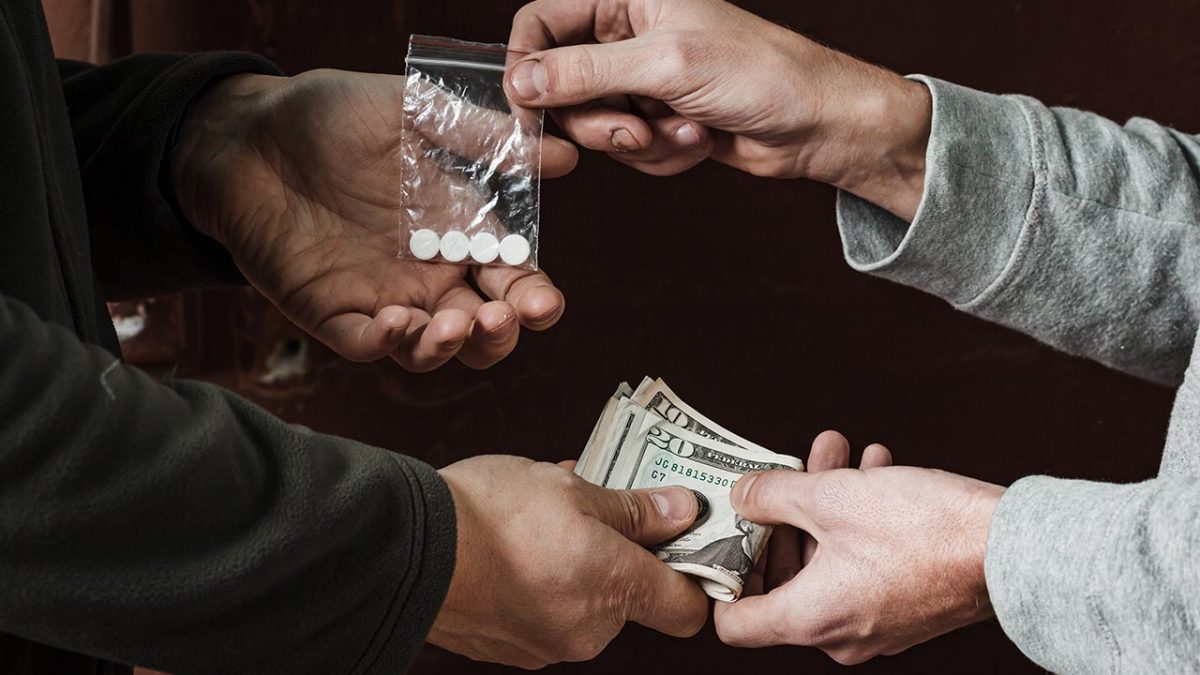
How to Financially Prepare for Drug Rehab
According to the National Institute on Drug Abuse, “rehabilitation (often called rehabilitation) is an important part of treatment for many people with substance use disorders.” If you or a loved one are struggling with drug addiction, drug rehab is something you’ve considered. Unfortunately, although drug rehab can be incredibly beneficial, it can also be quite expensive. The average cost of drug rehabilitation ranges from $4,700 to $10,500. Here are a few tips on how to financially prepare for Pasadena drug rehab.
1. Understand Your Insurance Coverage
The first step is to understand your insurance coverage. Many insurance providers offer some form of Coverage for Substance Abuse and Mental Health Services Administration-certified programs. However, it’s important to note that not all programs are certified by SAMHSA, so check with your insurance provider to see what type of coverage they offer. If your insurance doesn’t cover drug rehab, there are other options available, which we’ll discuss later.
2. Compare Cost and Services
Once you grasp what type of coverage your insurance provides, you can start comparing the cost and services of different rehabilitation centers. This step is essential because not all rehab centers are created equal—some may offer more comprehensive services than others, which could affect the overall cost. When comparing different rehab centers, keep an eye out for hidden costs that might not be immediately apparent.
3. Look into Government Assistance
If you’re struggling to afford drug rehab and your insurance doesn’t cover the cost, government assistance programs can help offset the expense. The Substance Abuse and Mental Health Services Administration offers grants that can be used to pay for drug rehabilitation services. To see if you qualify for any government assistance programs, visit the SAMHSA website or contact your local social services office.
4. Utilize Financing Options
If you still can’t seem to make ends meet, there are financing options available that can help you pay for drug rehab. Many lenders offer to finance specifically for medical expenses, so be sure to shop around for the best rates and terms before making a decision. You can also look into crowdfunding platforms to finance your rehabilitation costs.
5. Consider a Sliding Scale Payment Plan
Some rehabilitation centers offer sliding scale payment plans, meaning the cost of treatment is based on your ability to pay. If you’re struggling to afford drug rehab, this could be a viable option for you. Be sure to contact the rehabilitation center ahead of time to see if they offer this payment plan.
6. Use Your Retirement Savings
If you have retirement savings, you may be able to use those funds to pay for drug rehab. However, it’s important to note that using your retirement savings comes with a few risks. First, you’ll have to pay taxes on the money you withdraw from your retirement account. Second, you may be subject to early withdrawal penalties.
Conclusion:
Paying for drug rehabilitation can be challenging, but it’s important to remember that options are available to help make treatment more affordable. If you are struggling with addiction, reach out for help—the sooner treatment begins, the better the outcome will be in the long run.






